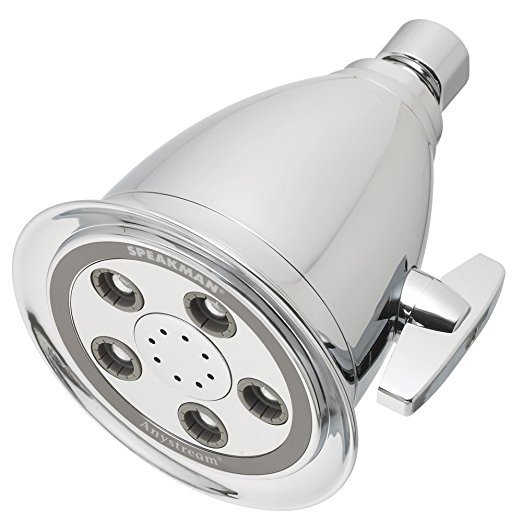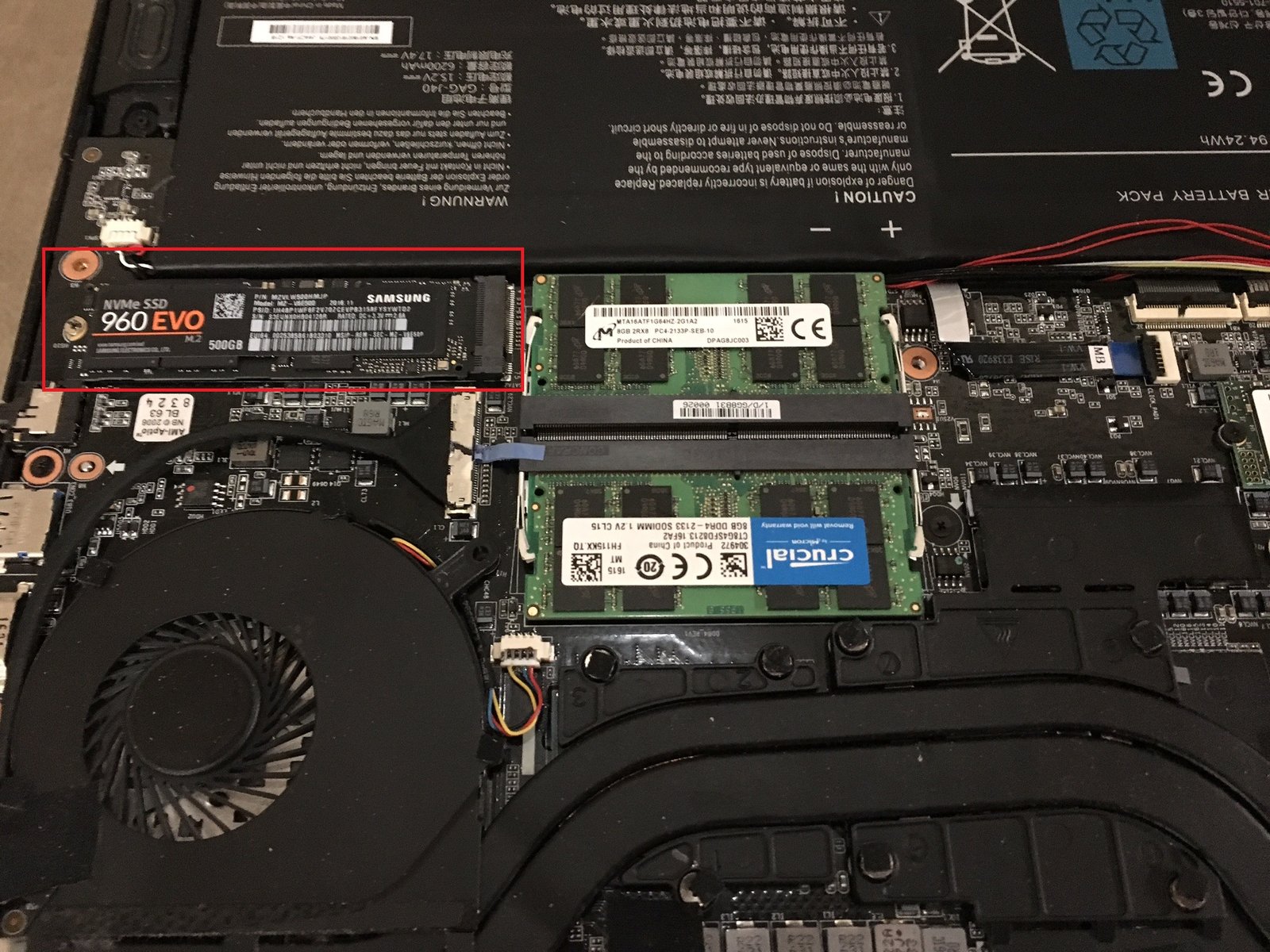Want to save $67/year with almost no work, without changing your lifestyle, AND while saving the environment at the same time? Sounds too good to be true, but it’s actually easy: change your shower head(s).
The average US family of four uses ~400 gallons of water per day, of which ~70% is used indoors. 18% of the average family’s water use comes from showers (Aquacraft, 1999; often cited by the EPA). The simple way to reduce water used and save money is to use more efficient shower heads. Current industry standard (as required by law) is for shower heads to output 2.5 gallons of water per minute (gpm) or less (though older ones may use 5.0 gpm of more). Changing a single shower head from a 2.5gpm unit to a 2.0gpm unit saves an average of $67/year! And it’s easy to find quality low-water-usage shower heads – the EPA has a certification called WaterSense that clearly labels qualifying products (and is easy to see/search for when buying).
Before I dig into the math of the cost savings, I want to focus quickly on why you should want to save water anyway: spoilers, it’s to protect the environment and our continued access to clean drinking water in the US.
- We already have drinking water shortages. While >90% of the US has access to enough fresh water, select areas have experienced shortages (particularly recently), due to drought, polution (oil spills), and population increases (US populations are shifting toward living in hotter/drier regions of the country, which exacerbates the problem). Water supplies are finite, and with only 3% of Earth’s water being fresh water, and less than 1% being drinkable, supplies need to be safeguarded.
- Ecosystems need water too, not just people. This one seems pretty self explanatory, but as humans increasingly use an ever-shrinking clean water supply (worsened by pollution) for ourselves, we draw water from natural habitats and ecosystems, destroying them forever.
On to the part you came for: the cost savings.
- The national average cost for water is $6.06 per 1,000 gallons (relatively cheap, though experts expect rapid cost increases in the coming years). Changing one shower head from the current standard 2.5 gpm to a 2.0 gpm one can save the average family 2,900 gallons of water per year (per the EPA) , amounting to $17.57/year in savings.
- On top of that, that same water reduction saves enough electricity to power a home for 13 days (with the electricity required to heat that water) and $49.40/year on your utility bill (calculated using the national average monthly bill and savings estimates, as calculated by the EIA).
- With the average WaterSense shower head with 4+ stars and free Prime shipping on Amazon costing ~$40 (representative range $15-115), break-even on an investment in a new shower head averages ~7 months, followed by $67 in annual savings! And that’s not including rebates offered by many utility companies.
And before you ask, yes the water pressure feels the same.
Part of the WaterSense certification requirement is that the products “perform as well or better than their less efficient counterparts.” But don’t take their word for it – read the thousands of product reviews on retailer and manufacturer websites (keywords WaterSense and “2.0gpm”). Sure, not all products are great, and not everyone feels the shower experience is as good, but there are plenty of options out there that ARE as good or better. One note as you test your new shower head: there are usually 3+ different “spray” styles for the water. Chances are, you won’t like them all. Fiddle with the nozzle until you find the style/pressure you like best BEFORE deciding you bought a dud/need to return it.
Final thoughts. I hope this post will be the first of many describing little changes that you can make to save the environment, while also saving money, and with little-to-no impact on lifestyle. These opportunities are out there, but reliable data is often difficult to gather. Hopefully this can serve as a useful/shareable source of such information. Please post any question and/or updates/challenges to my analysis below, and please share if you found this useful.

